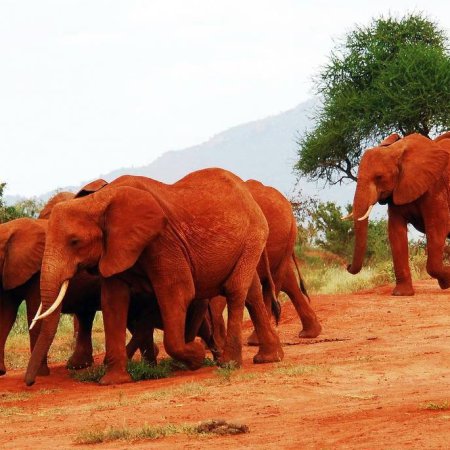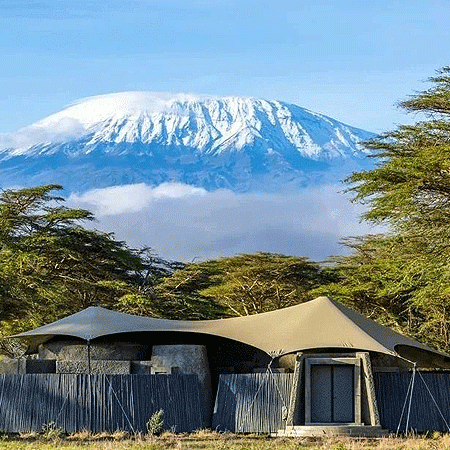The Ultimate Kenyan Safari Guide in 2025: Everything You Need To Know
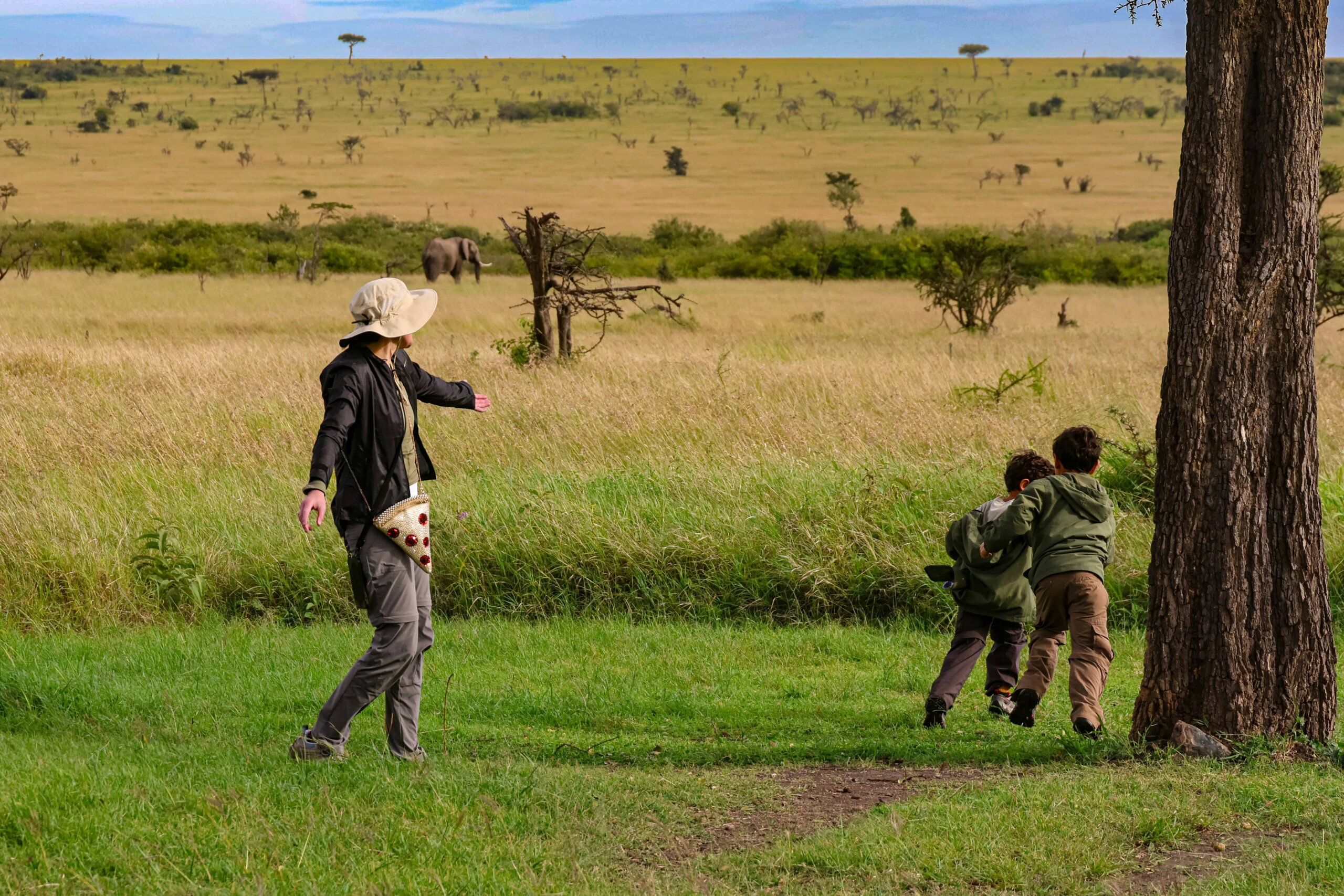
The dream of a Kenyan safari is unforgettable. Imagine waking up to the sound of lions roaring in the distance. Picture yourself watching a tower of giraffes glide across the savanna. Think of the thrill of seeing your first elephant up close. Turning this dream into reality requires some planning. But don’t worry, it’s part of the adventure. This guide will walk you through every step. We’ll help you create a journey that is seamless, magical, and uniquely yours.
Let’s start planning your ultimate Kenyan safari.
When is the Best Time to Go on Safari?
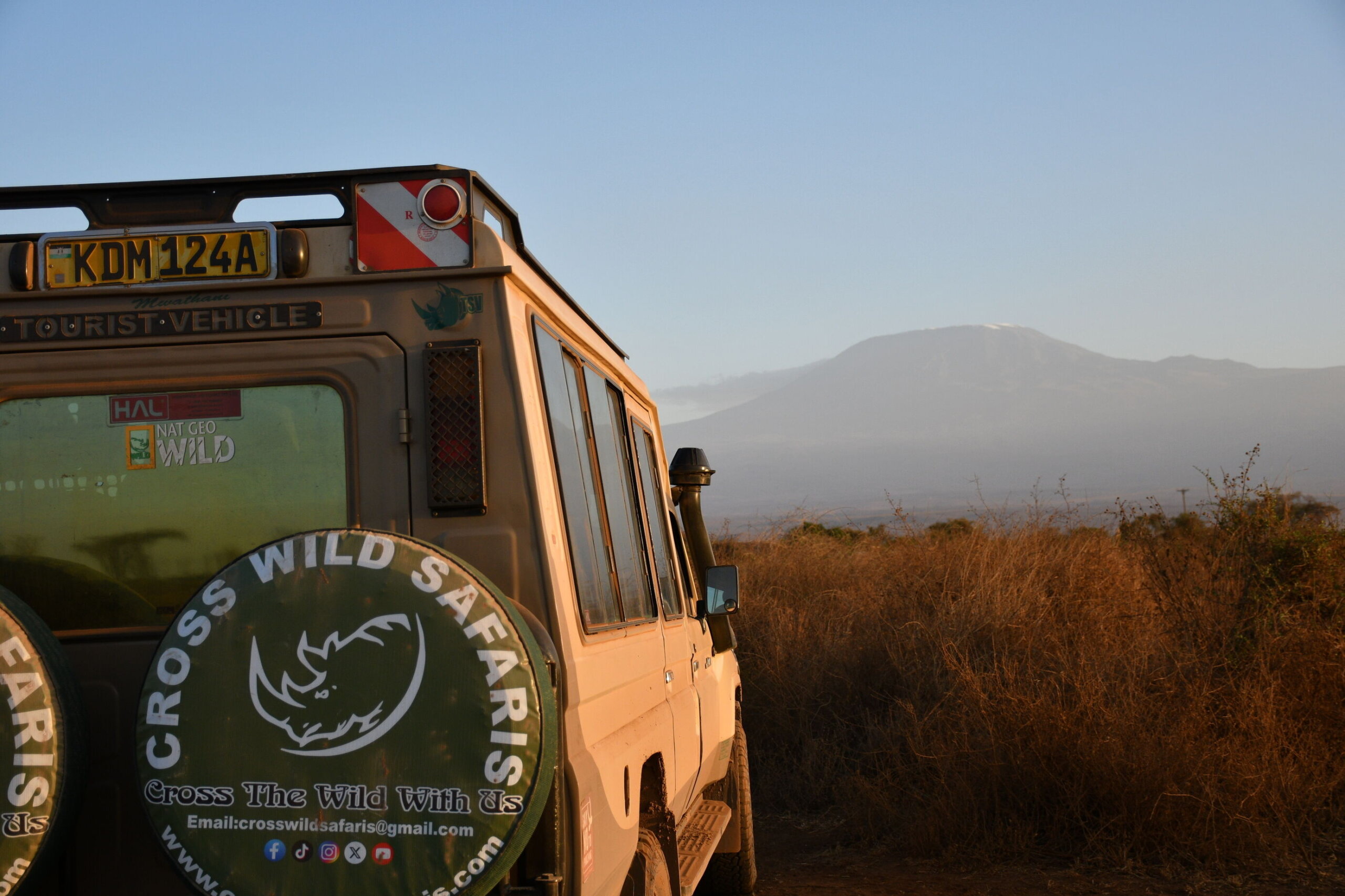
Kenya is a year-round destination. The best time for you depends on what you want to see. The dry seasons are generally considered prime safari time. These run from late June to October and January to February. During these months, wildlife gathers around predictable water sources. The vegetation is also thinner, making animals easier to spot.
If the Great Migration is your goal, target July through October. This is when millions of wildebeest and zebra cross into the Masai Mara. The dramatic river crossings are one of nature’s greatest spectacles.
The green season, from November to May, has its own charm. The landscapes are lush and beautiful. This is a wonderful time for bird watching, as migratory birds are present. It’s also generally less crowded and can be more affordable.
How Much Does a Kenya Safari Cost?
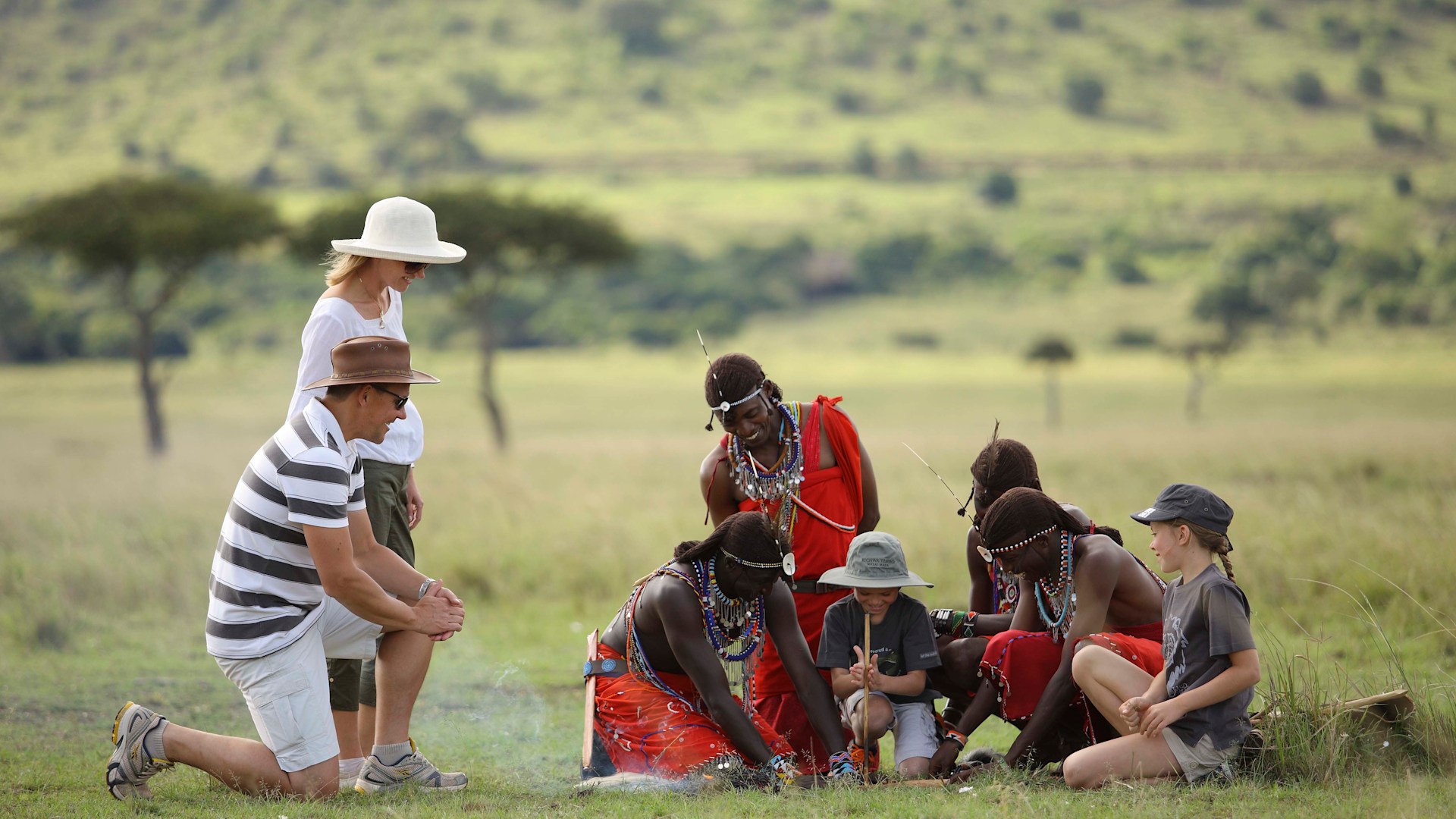
Budgeting is a key part of your plan. Safari costs can vary widely, but you get what you pay for.
Budget safaris might use simpler lodgings and larger group vehicles. Mid-range options offer great comfort and value. They often include lovely lodges and smaller group sizes.
Luxury safaris are the pinnacle of comfort and exclusivity. Think private guides, breathtaking lodges, and exceptional service. The price reflects this unparalleled experience.
Remember to budget for international flights, park fees, and tips.
Choosing Your Kenyan Safari Destinations
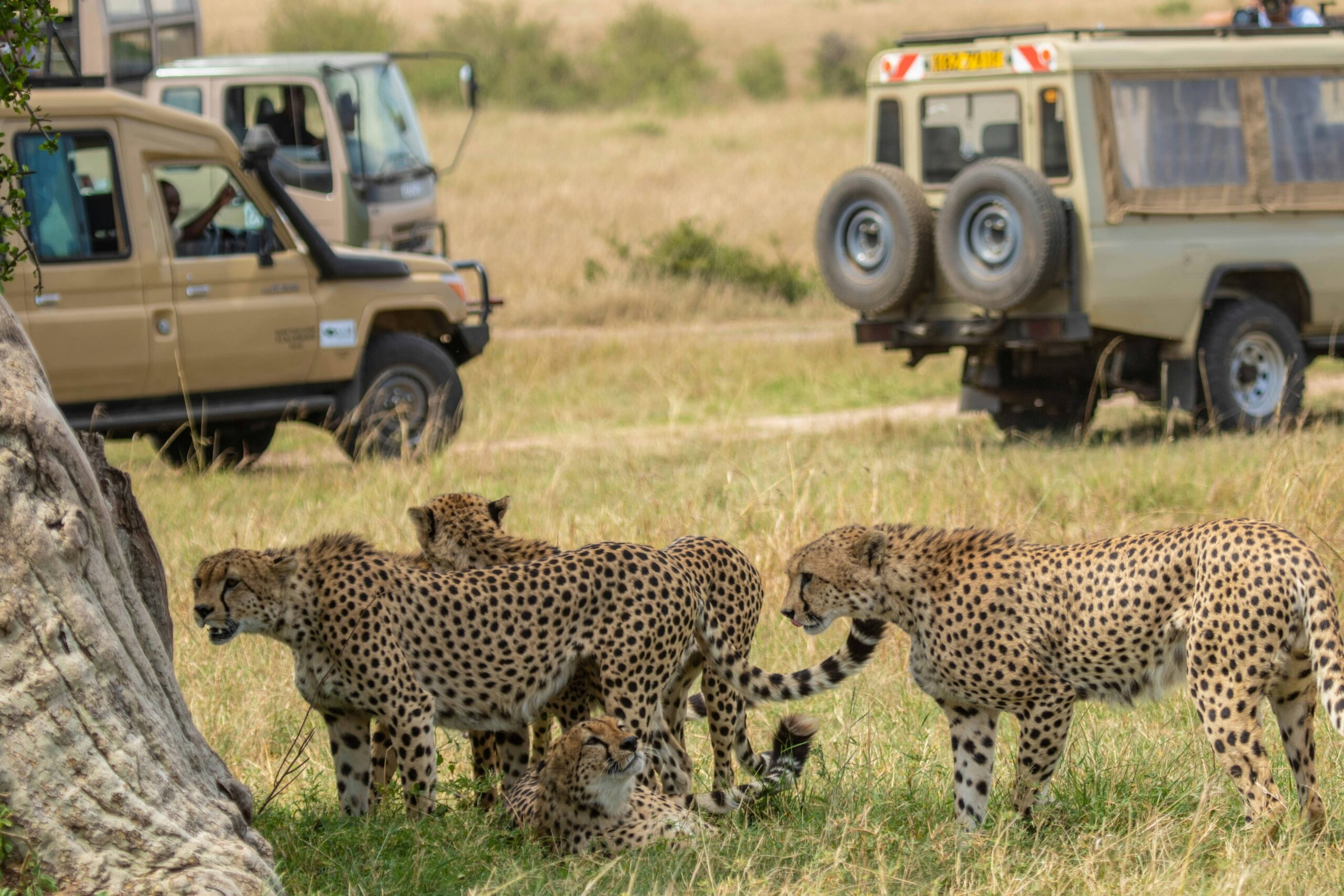
Kenya is blessed with an incredible variety of parks and reserves. Each one offers a different experience.
The Masai Mara is the country’s most famous reserve. It’s known for its high density of predators and the Great Migration. For first-time visitors, it’s often a must-see.
Amboseli National Park offers iconic views of Mount Kilimanjaro. Its large elephant herds are a magnificent sight. The swampy areas ensure fantastic game viewing year-round.
For something different, head to Samburu National Reserve. This arid landscape is home to unique species. Look for the “Samburu Special Five”: the reticulated giraffe, Grevy’s zebra, and more.
Tsavo East and West form one of the largest park complexes in the world. Tsavo is famous for its “red” elephants and dramatic volcanic landscapes.
Your Health and Safety on Safari
Your wellbeing is our top priority. Kenya is a safe and welcoming destination for tourists.
We recommend visiting your doctor or a travel clinic about 6-8 weeks before you depart. They will advise you on necessary vaccinations, such as Yellow Fever and Typhoid.
Malaria is present in many safari areas. Your doctor can prescribe anti-malarial medication. It’s also wise to use mosquito repellent and wear long sleeves in the evenings.
Always have comprehensive travel insurance. Make sure it covers medical evacuation, trip cancellation, and all your planned activities.
Creating Your Perfect Safari Itinerary
How long should your safari be? We recommend at least a week to truly immerse yourself in the experience.
A classic 7-day itinerary might include three nights in the Masai Mara and three nights in Amboseli. This combination gives you the best of both worlds: big cats and big tusks with a mountain backdrop.
If you have 10 days, you can add a third destination. Lake Nakuru for rhinos and flamingos or Samburu for unique wildlife are excellent choices.
Remember to factor in travel days. Internal flights or road transfers between parks are part of the journey. The sight of the Kenyan landscape from above is an adventure in itself.
What to Pack for Your Adventure?
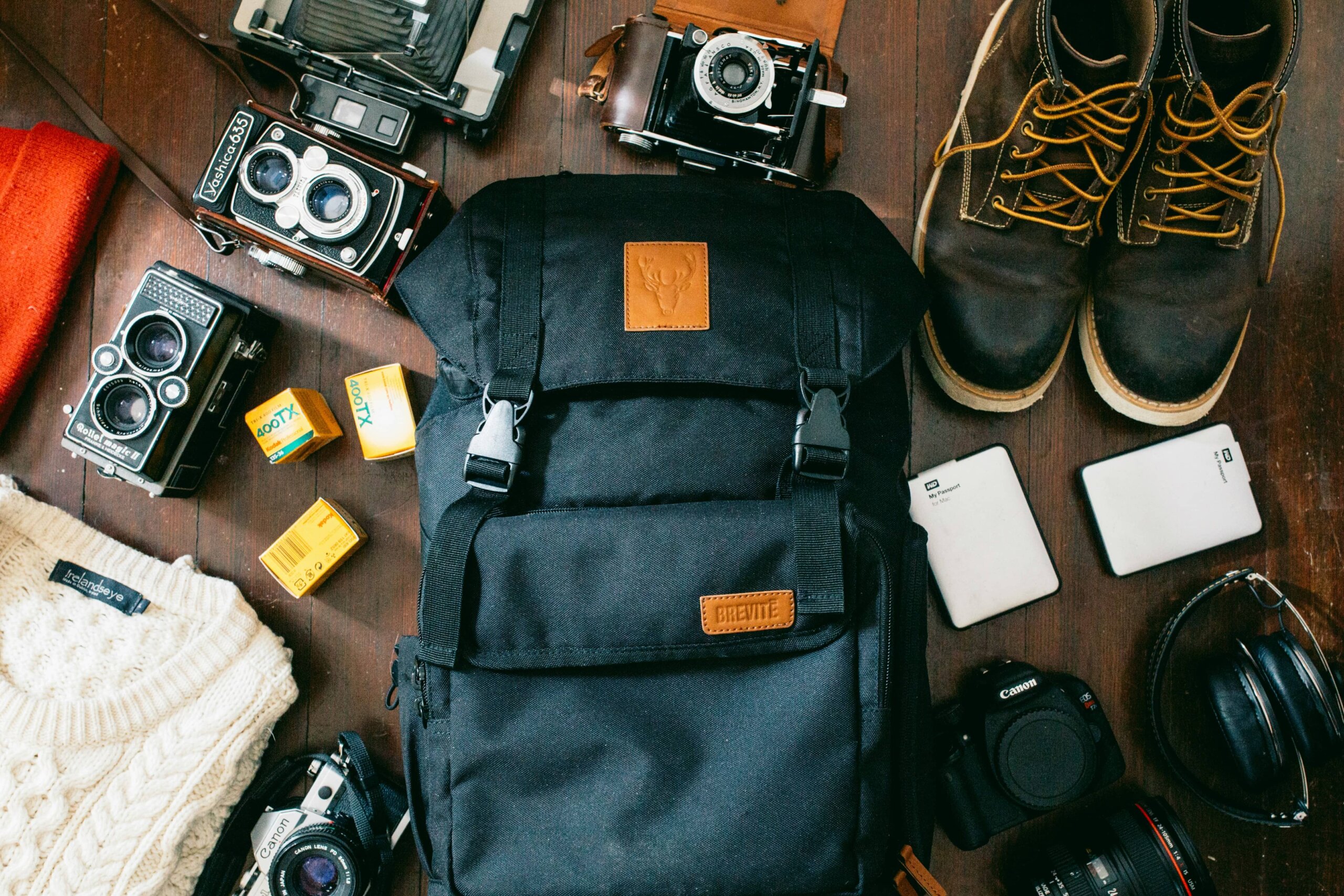 Packing for a safari is all about comfort and practicality. Neutral-coloured clothing is best. Think khaki, green, and beige to help you blend into the environment.
Packing for a safari is all about comfort and practicality. Neutral-coloured clothing is best. Think khaki, green, and beige to help you blend into the environment.
Layers are your friend. Mornings and evenings on game drives can be cool, while midday can be warm. A warm jacket for early mornings is essential.
Don’t forget your binoculars! A good pair will bring the action much closer. A quality camera with a zoom lens is also a must for capturing those special moments.
Respectful Travel: Connecting with Culture
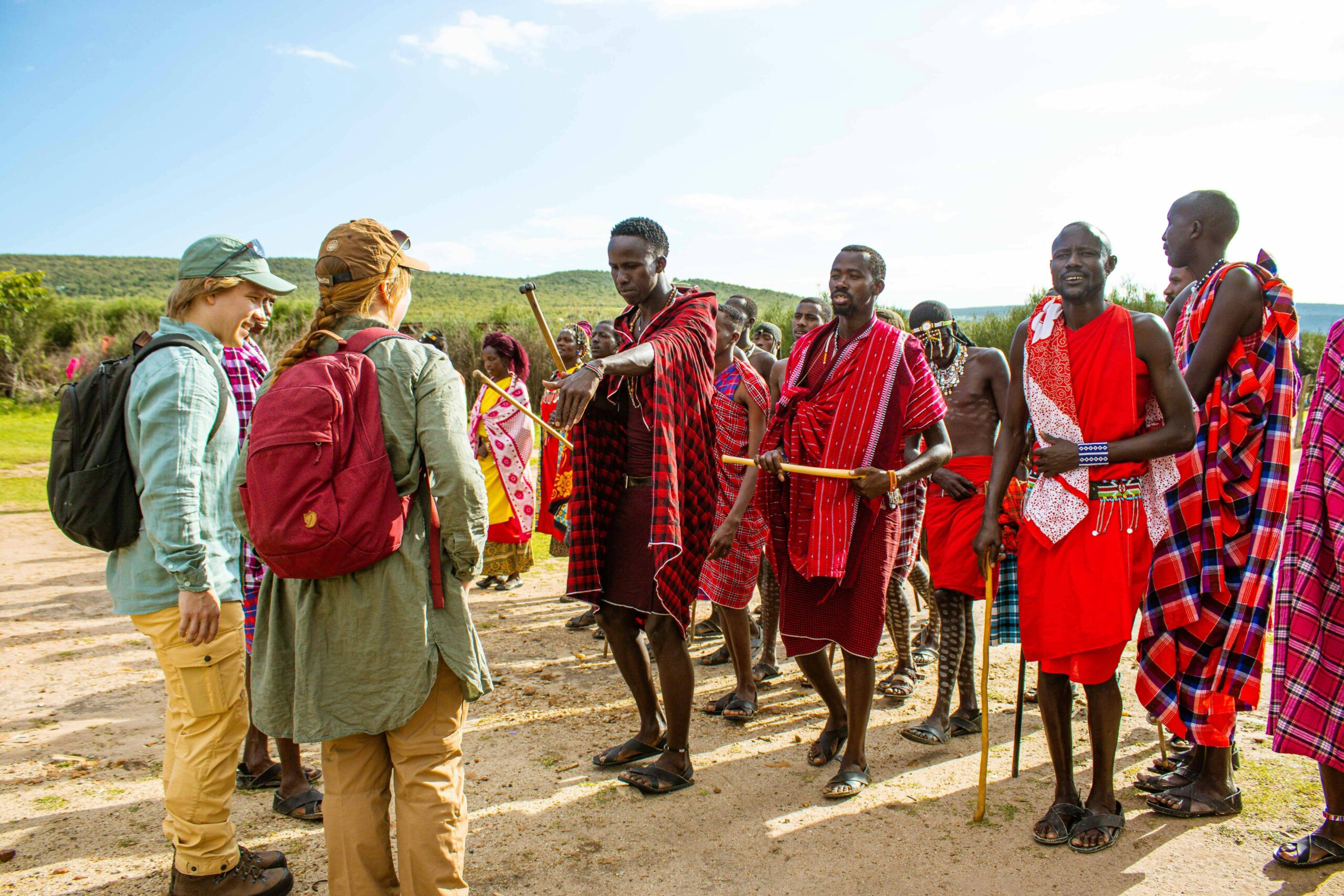
A safari is more than just wildlife. It’s also about the people. The Maasai people are an integral part of Kenya’s cultural heritage.
Visit a local community with respect and an open mind. These encounters are often a highlight for many travelers. It’s a chance to learn, share, and support local economies.
Always ask for permission before taking photographs of people. A simple gesture of respect goes a long way.
Ready to Start Your Journey?
Planning a safari is an exciting process. It’s the first step toward an experience that will stay with you for a lifetime.
At Cross Wild Safaris, we have the ground expertise to craft a personalized safari just for you. We know the best guides, the hidden gems and the perfect lodges to match your dream.
Let’s turn your dream into a reality, begin planning your unforgettable Kenyan adventure.

